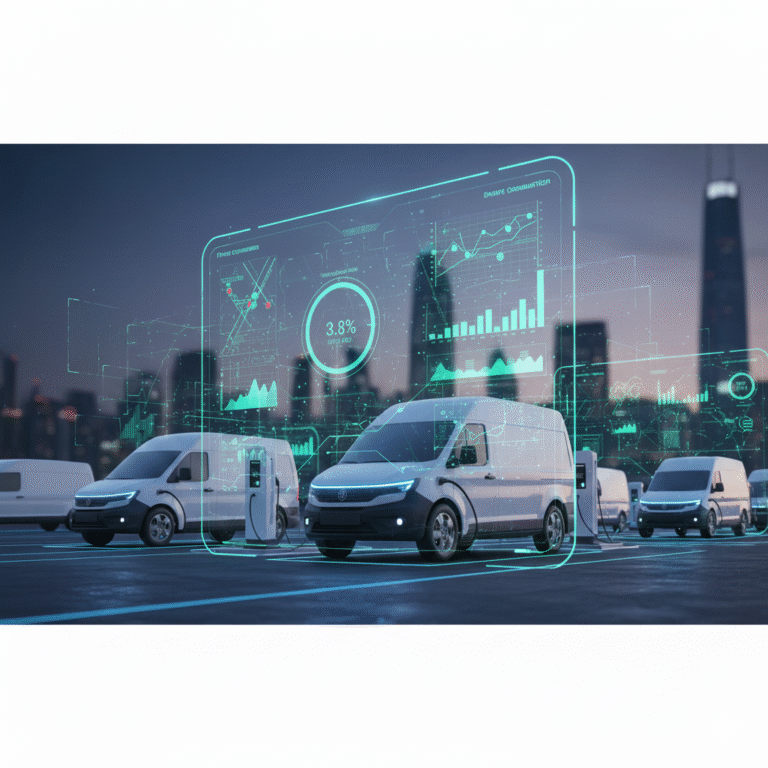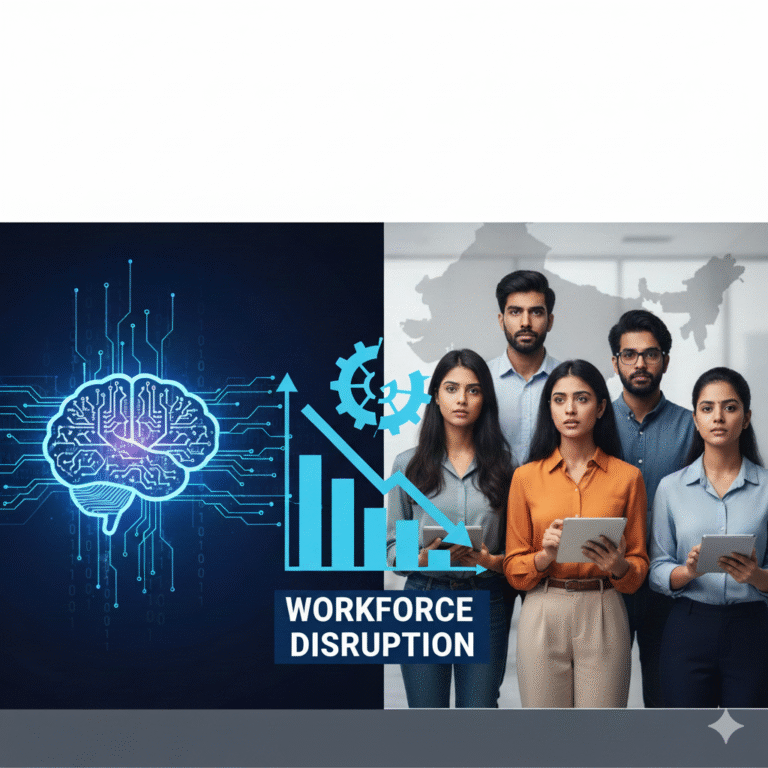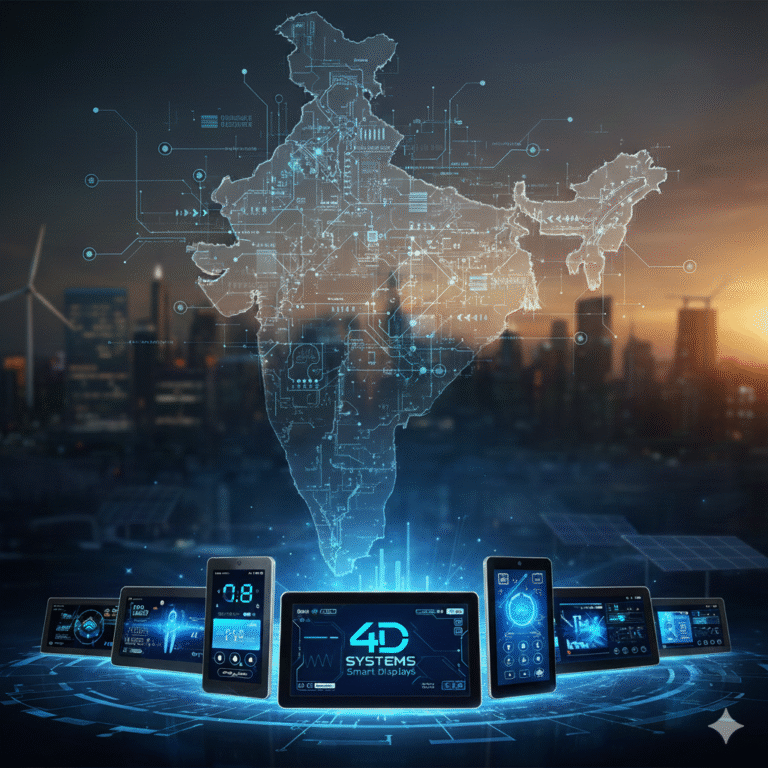When the Lights Go Out
In a world increasingly dependent on electricity, power outages can bring entire cities to a standstill. From extreme weather to equipment failures and cyberattacks, blackouts have become more frequent and complex. Enter Artificial Intelligence (AI) — the emerging brain behind a more resilient and responsive power grid.
Across countries, utilities are using AI to predict outages before they occur, identify failure points, automate repair dispatches, and even self-heal grid faults in real time. AI isn’t just a tech buzzword; it’s becoming a critical force in keeping the lights on.
Why Are Power Outages Increasing?
Several global factors are contributing to the rise in outages:
- Climate change: Heatwaves, storms, and floods put stress on grids
- Aging infrastructure: Many countries rely on outdated equipment
- Rising energy demand: Urbanization and electrification of transport
- Cyber threats: Grid vulnerabilities are increasingly exploited by hackers
This volatile environment requires a smarter, faster, and more predictive system—something AI excels at.
How AI Is Revolutionizing Power Outage Management
1. Predictive Maintenance
AI analyzes historical sensor data to forecast when and where components like transformers or substations may fail.
Example: GE Digital uses machine learning to detect anomalies in power grid equipment, enabling proactive repairs.
2. Real-Time Fault Detection
With smart meters and sensors, AI systems can detect abnormal voltage patterns, isolate faults, and trigger automatic rerouting of electricity.
Example: India’s Tata Power uses AI-based SCADA systems for real-time grid fault isolation and recovery.
3. Weather-Based Outage Forecasting
AI models combine weather data, terrain, vegetation, and infrastructure maps to estimate outage probability before a storm hits.
Example: PG&E in California uses AI to assess wildfire risk and plan preventive shutdowns in high-threat zones.
4. Automated Dispatch and Restoration
AI-driven systems optimize crew dispatch, reduce downtime, and prioritize critical infrastructure (like hospitals or water plants).
Example: UK Power Networks reduced restoration time by 20% using AI-assisted outage response systems.
5. Grid Self-Healing
Advanced AI algorithms can reconfigure the network autonomously during a fault, isolating the problem and restoring unaffected areas instantly.
Example: South Korea’s KEPCO has implemented AI to create self-healing microgrids in urban and rural zones.
The Role of AI in Renewable Energy Integration

As solar and wind power expand, grid management becomes more complex due to variable generation. AI helps balance the load by:
- Forecasting energy production and demand in real time
- Adjusting storage and distribution accordingly
- Preventing overloads or voltage drops
Example: Google DeepMind optimized wind farm output in the U.S., increasing revenue by nearly 20% through AI-powered forecasting.
Case Study: India and AI-Driven Outage Management
India faces a unique energy challenge: rapid urbanization, grid instability in rural areas, and extreme climate events. But it’s also becoming a testbed for AI in energy resilience.
Key Initiatives:
- DISCOMs in states like Maharashtra and Karnataka are piloting AI for load balancing and transformer failure prediction.
- ISRO’s satellite data is being used in AI models to detect weather-induced disruptions.
- Startup ecosystem is innovating: firms like Gram Power and SmartrGrid are offering AI tools for outage mapping and energy theft detection.
AI and Cybersecurity in Grid Protection
AI isn’t just about efficiency; it also strengthens security:
- Monitors for unusual patterns that signal a cyberattack
- Automatically shuts down compromised segments
- Supports real-time decision-making during breaches
In 2020, a suspected cyberattack on India’s grid raised red flags. AI-driven anomaly detection could become critical in preventing such incidents.
Limitations and Ethical Considerations
While AI is powerful, it isn’t flawless:
- Data bias can lead to missed predictions in underrepresented regions
- Black-box models make decisions difficult to interpret
- Reliance on tech may overlook physical infrastructure upgrades
Equity must also be considered. AI should serve both urban and rural areas, ensuring just access to reliable electricity.
The Future: AI-Powered Smart Grids
The future of outage management lies in distributed, intelligent networks:
- Microgrids that operate independently during failures
- Decentralized storage and AI-managed energy exchanges
- Community-driven platforms where users report faults via apps powered by AI chatbots
India’s Smart Meter National Programme (SMNP) could pave the way for AI-powered, demand-response grids at scale.
🤔 Did You Know?
AI algorithms trained on bird migration patterns are helping utilities predict and prevent avian-caused outages—a surprisingly frequent cause of transformer failures!
Conclusion: Smart Power for a Smart Planet
AI offers a bold new approach to outage management: one that is proactive, data-driven, and equitable. While challenges remain, the combination of AI and human expertise holds the key to a more reliable, secure, and sustainable power future.
For countries like India, investing in AI-driven energy systems is not just smart—it’s essential for climate resilience, economic growth, and public safety.









+ There are no comments
Add yours